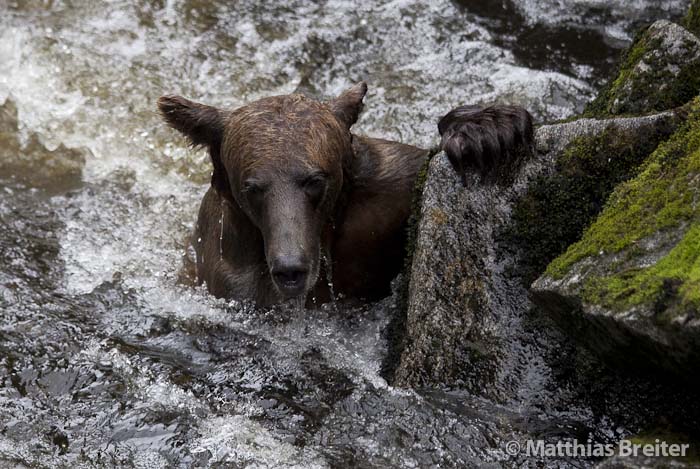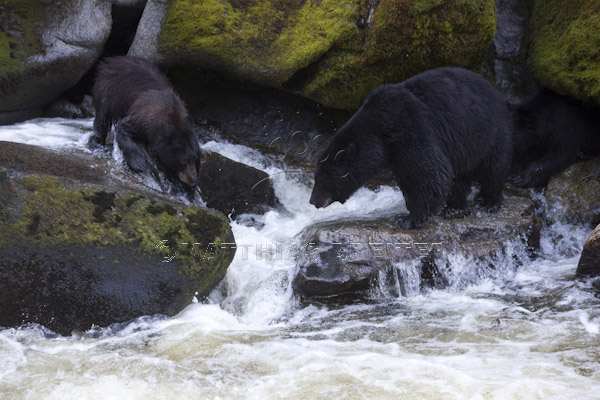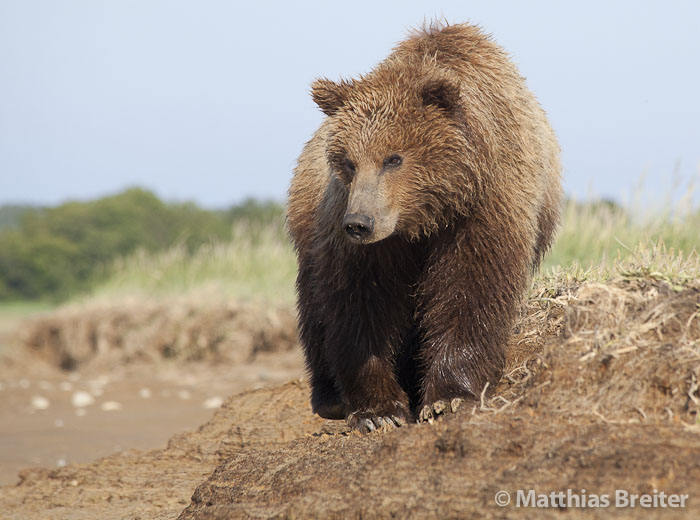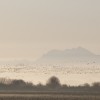Sea otters have made a huge comeback in recent decades. They were almost wiped out completely by the end of the nineteenth century due to the fur trade. Today, rafts containing several hundred sea otters can be seen around kelp beds behind Drake and Willoughby Island in Glacier Bay. However, populations fluctuate greatly. They are still reclaiming their former range.

In their absence, their food sources, including sea urchins, exploded with dire consequence to kelp forests. This had an impact on the reproduction of small feed fish, which are important to salmon and whales. Due to an unnaturally high abundance of prey, sea otters tend to overharvest an area and move on when little is left, leaving a depleted seabed behind. This pattern of extremes will continue for quite some time until a balance is reached again. The longterm health and productivity of these marine ecosystems benefits greatly from the presence of these playful and endearing creatures.
To read more check out Matthias Breiter’s award-winning book Inside Passage with stunning Alaskan wildlife photography.
 …If push comes to shove, the brown bears are dominant but mostly a fragile truce prevails. [Referring to brown bears and black bears fishing for salmon in the waters of Anan Creek south of Wrangell, Alaska] In times of overabundance, strife over a copious resource is a waste of effort. Still, black bear females, in particular females with young, usually abandon their fishing spot and leave the river or seek shelter up high in a tree when the bruins appear on the scene. Some juvenile brown bears apparently regard it as good sport to chase their smaller cousins. Mature male black bears generally stand their ground against these hooligans.
…If push comes to shove, the brown bears are dominant but mostly a fragile truce prevails. [Referring to brown bears and black bears fishing for salmon in the waters of Anan Creek south of Wrangell, Alaska] In times of overabundance, strife over a copious resource is a waste of effort. Still, black bear females, in particular females with young, usually abandon their fishing spot and leave the river or seek shelter up high in a tree when the bruins appear on the scene. Some juvenile brown bears apparently regard it as good sport to chase their smaller cousins. Mature male black bears generally stand their ground against these hooligans.
 Cubs learn from their mothers. Fishing techniques get passed on to the next generation and favorite fishing spots get reused by daughters and sons. Brown bear cubs sit right on the bank of the river while their mother fishes. By comparison, the offspring of a black bear female are more cautious and watch her fishing from high in a tree or sit at the base of one, always ready to scramble up the trunk to safety. The river is a dangerous place for young bears. A lack of caution, a moment of inattentiveness, can have fatal consequences. For cubs, the
Cubs learn from their mothers. Fishing techniques get passed on to the next generation and favorite fishing spots get reused by daughters and sons. Brown bear cubs sit right on the bank of the river while their mother fishes. By comparison, the offspring of a black bear female are more cautious and watch her fishing from high in a tree or sit at the base of one, always ready to scramble up the trunk to safety. The river is a dangerous place for young bears. A lack of caution, a moment of inattentiveness, can have fatal consequences. For cubs, the 
